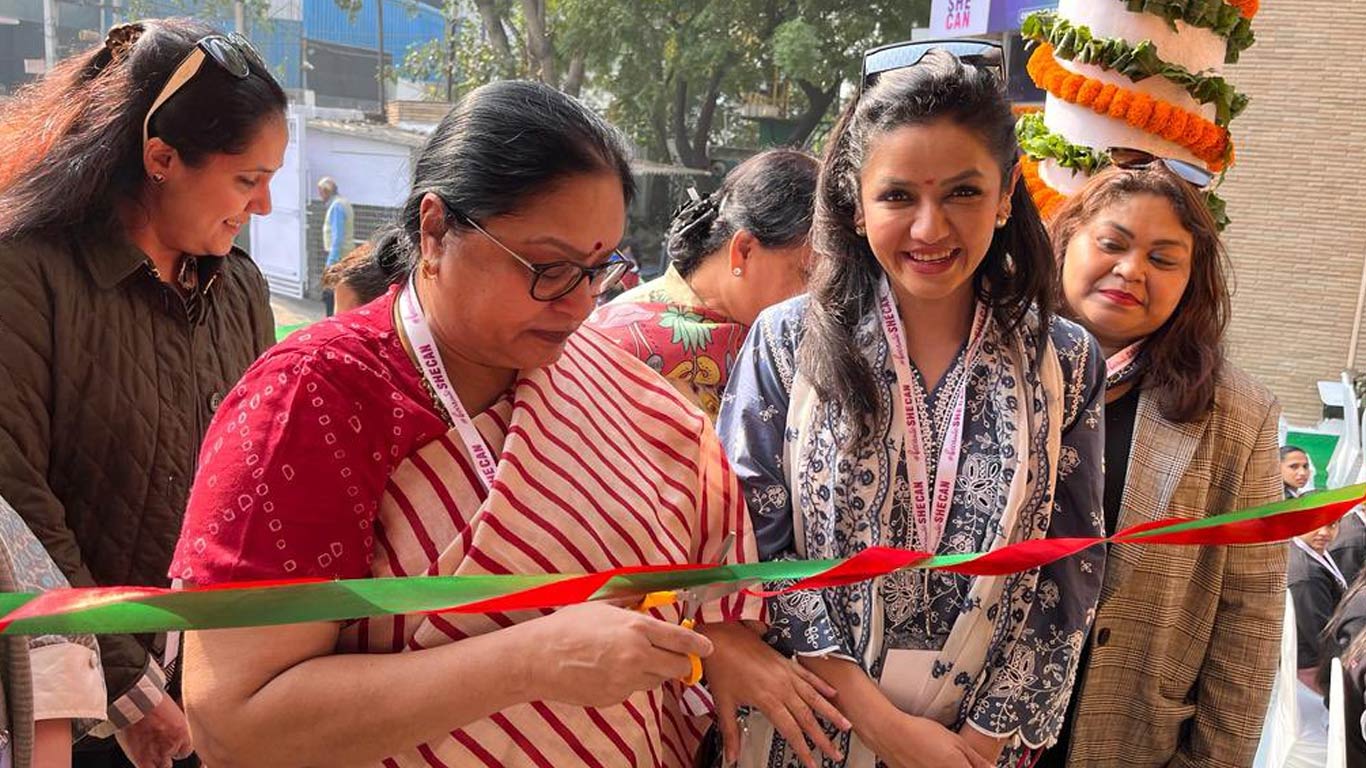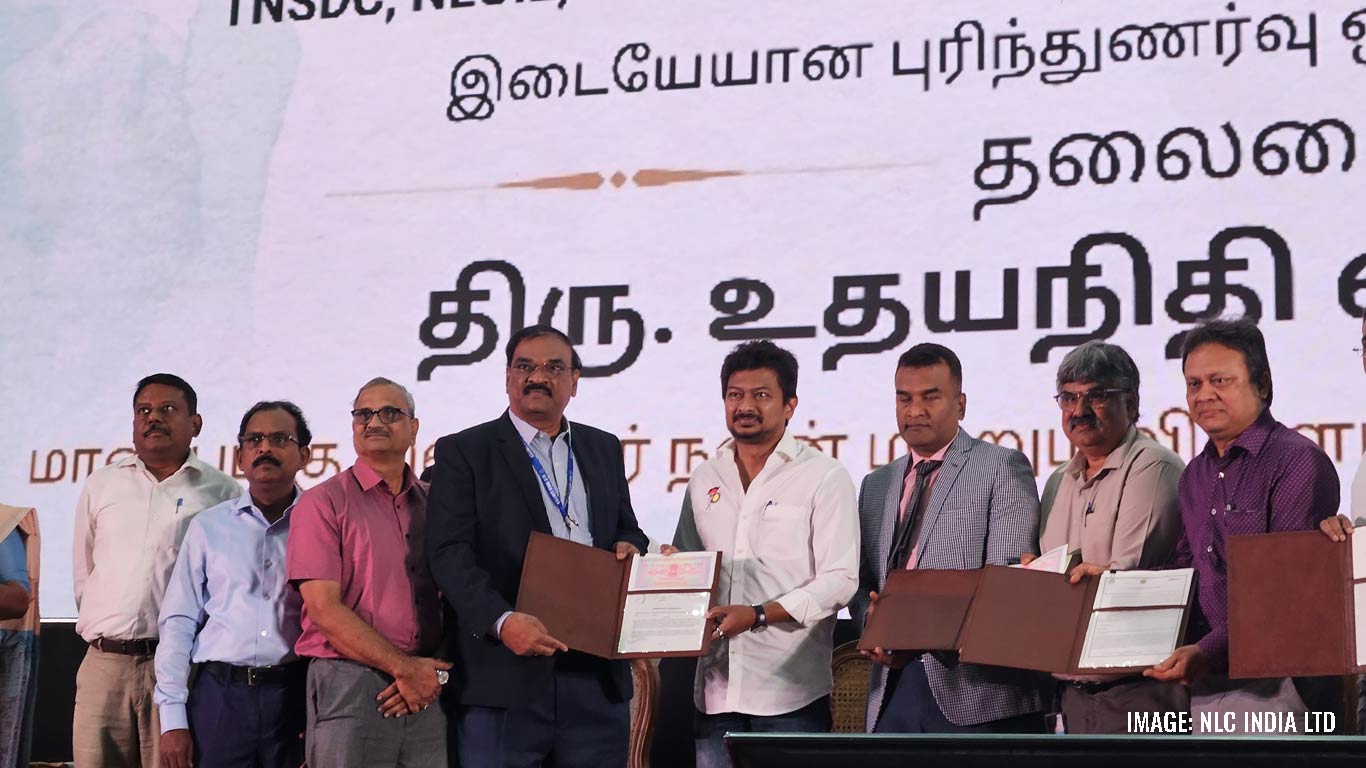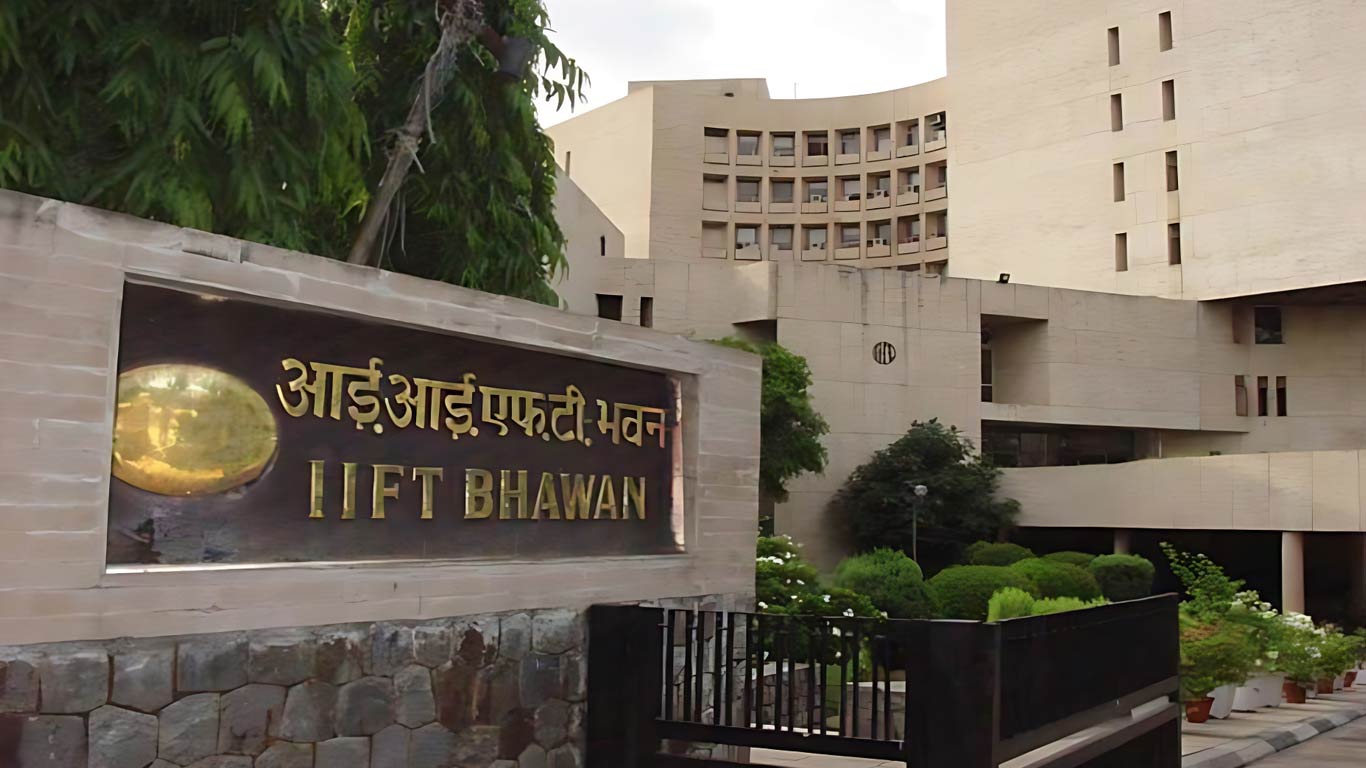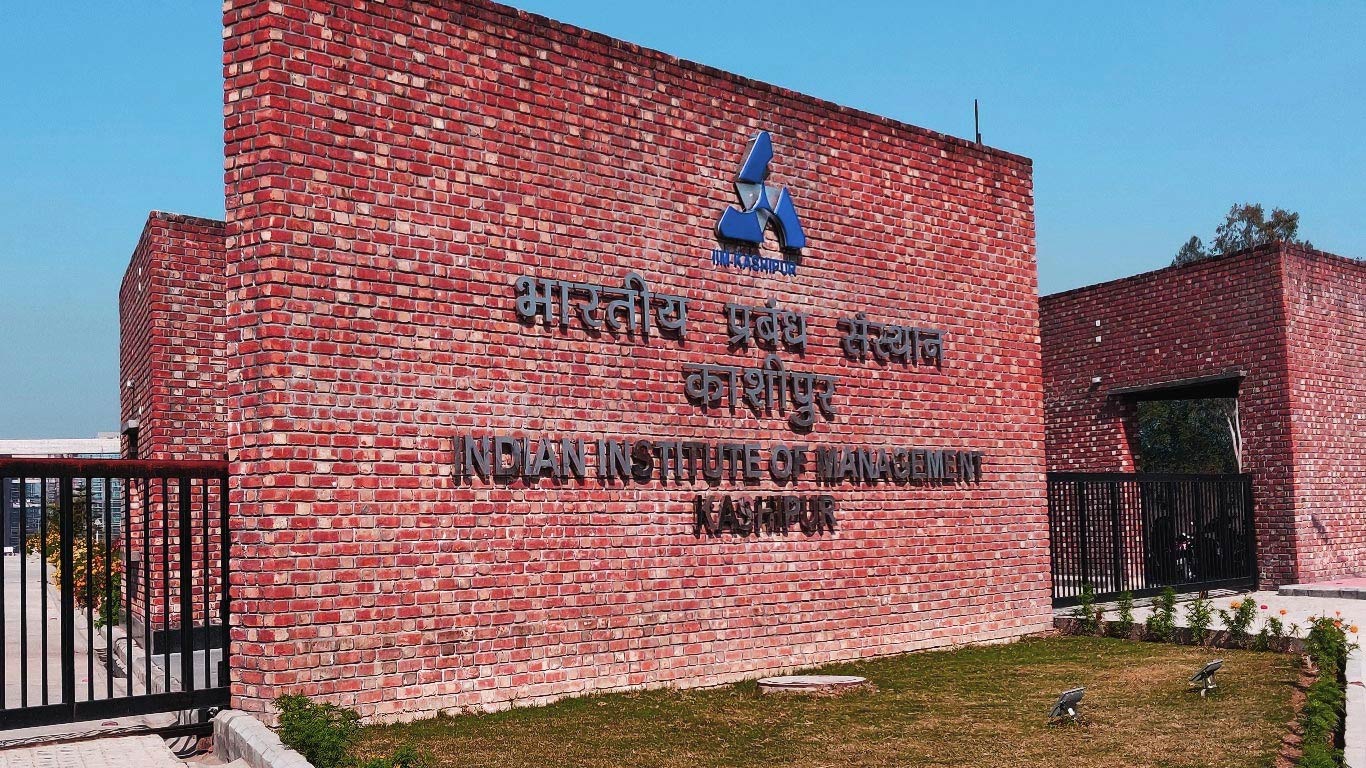Poor infra roadblocks to India becoming world food leader
Updated: Apr 13, 2013 02:37:08pm

This was stated in the latest Food and Agriculture Integrated Development Action Report (Faida), titled ‘India as an agriculture and high value food powerhouse: A new vision for 2030’ jointly prepared by the Confederation of Indian Industry (CII) and consultants McKinsey and Company.
However, if India followed a 12-point plan to improve yields across all crops, expanding processing capability and strengthening the quality of farm produce, it can achieve a leadership position in the world food market, it said, while meeting its growing domestic demand.
While indicating that farm output can rise 130 per cent in 20 years…from Rs 12.7 crore in 2011 to Rs 29.3 lakh crore in 2030, the report said that corrective steps were needed from policy makers as also the active involvement of the private sector.
To achieve that, a mix of business participation, technology-oriented productivity growth, food processing and exports, over the next 20 years, would be required.
"Agriculture needs to get into a mission mode and our analysis shows that instead of focusing on grains and cereals, the first step should be for perishables. Both Centre and states need to move fast in this sector, to create an enabling policy environment by keeping perishable commodities out of the ambit of the Agriculture Produce Marketing Committee Act," said Adil Zainulbhai, Chairman-India of McKinsey.
The report also stated that processing of farm items had the potential to grow by 414 per cent to Rs 5.7 lakh crore in 2030 from Rs 1.1 lakh crore in 2011; and food exports to rise 452 per cent, from Rs 1.4 lakh crore in 2011 to Rs 7.7 lakh crore in 2030.
Pointing out that they were conservative estimates, past chairman of the CII National Council on Agriculture and chairman of Faida-3, Rakesh B Mittal said, “Indian agriculture has much more potential."
The 100-page report has identified mango, banana, potato, soybean and poultry as five items to drive the next wave of growth in Indian agriculture.
India presently achieves just 50-60 per cent of the potential yield for most crops, owing to poor technology adoption, weak links between farmers and industry, unexplored opportunities in branding, marketing and exports, lack of infrastructure support and dearth of extension support.
High growth in agriculture, the report suggests, will help farmers earn over four times their income while consumers will also benefit from the increase in supplies, which in turn will help match India’s estimated per capita consumption of food items in 2030.
In the past decade, consumption of food items had moved additionally towards high-value foods such as fruits, vegetables, milk, meat and fish.
"The ratio of cereals and pulses in the overall food budget of the average Indian consumer has dropped by more than 25 per cent in the last one decade,” the report said. In 2000, basic food grains formed 60 per cent of the total agricultural produce by weight, with high-value produce constituting 38 per cent. By 2010, high-value food formed 45 per cent of total production and this proportion is expected to increase.
The 12 points listed by the report are:
- A “National Agricultural Technology Mission” to create high yielding, disease-resistant seed varieties; set up targeted “farmer education” and distribution programmes; and promote mechanisation, technology and modern irrigation best practices.
- A “National Agricultural Sustainability Mission” to map and test soil health, ensure integrated nutrient management and sustainable cropping practices, encourage crop diversification and train the extension engine to focus on soil and water sustainability.
- Scalable farmer–industry partnerships to encourage various emerging models of successful interactions such as Farmer Producer Organisations (FPO) and Farmer Producer Companies (FPC), local aggregators to help farmers with extension services and yield improvement, organised agri-input retail to deliver suitable technologies and inputs to farmers, open PPP models and corporate farming for high-value agriculture for exports.
- A favourable policy regime, which improves agricultural marketing mechanisms, should enable farmers to decide to whom and where they can sell their produce and ensure incentives for strategic industry initiatives. The effectiveness of the current policy framework could be reviewed.
- Food processing growth through an emphasis on branding to deliver customers a value proposition and brand promise for food delivered through a set of norms to assure freshness, healthiness, quality, traceability.
- A “National Agriculture and Food Export Mission” in select categories to actively promote the export of select crops. Currently, India loses out on exports with other producers due to the failure to be cost competitive, the lack of a powerful “Indian” brand in food, weak adherence to quality and safety standards and poor infrastructural linkages. In high-value agriculture categories particularly in several fruits and vegetables, India could aspire to be a top 5 global exporter.
- Private capital and world class expertise would ensure adoption of the latest technologies and practices in all parts of the agriculture and food value chain.
- A “National Farm Gate to Market Infrastructure Authority” (NFMIA) could improve and better integrate the current farm gate infrastructure in terms of sorting, harvesting, packaging, storage and transportation through an integrated national master-plan. There are many bodies currently involved in building and managing different parts of this infrastructure. However, there is fragmentation and insufficient accountability for an integrated solution.
- Mega demand servicing and export hubs will allow companies to procure, store, process and export from a single location. Such hubs will help put in place the necessary forward and backward linkages with consumption markets and agriculture production zones, along with the storage infrastructure and provide for comprehensive facilities across the value chain.
- Agricultural extension services and new infrastructure creation are imperative to integrate technology into the farming system. The government could consider PPP models in extension services where possible, enforce performance standards at farmer training centres at the district level and improve quality of public extension services, and encourage scaling up of farmers cooperatives, as well as encourage agricultural institutes to participate actively in extension services.
- Four to five world class food and agricultural universities and research laboratories to enable research and innovation, with commercialisation through private investment and market linkages. This could be creation of new institutes and upgradation of existing agricultural universities.
- Agri-business focused angel and venture capital funds as a PPP initiative between central and state governments and private capital providers to lead the next wave of growth. The central and state governments and private sector could contribute to a professionally managed fund to finance innovative entrepreneurship ideas, as well as set up “business incubation centres” to help farmers shape their business ideas and train them on aspects like financial management, marketing and commercialisation, and establishing networks with industries.
Yet, he calls for “strong collaboration between the centre, state, and industry for this to occur. “Current governance and implementation mechanisms need to be significantly strengthened and new ones introduced to drive implementation,” he said. (KNN)











